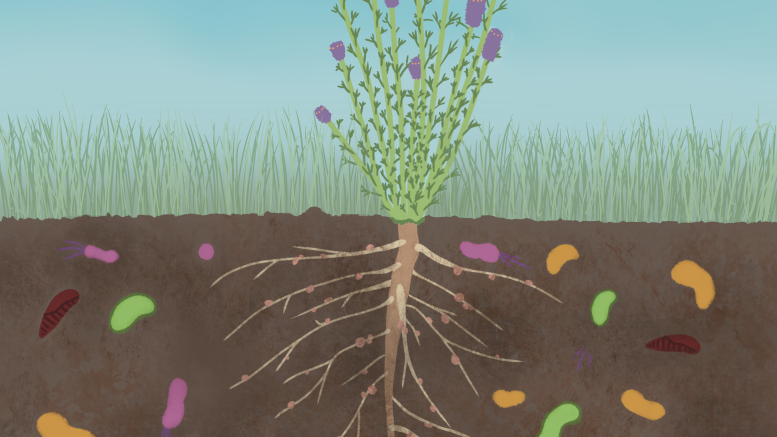Ivan Oresnik, U of M professor in the department of microbiology, stepped into a lab for the first time in 1985. Over nearly four decades, his work has predominantly been academic.
“I’ve spent a lot of my life trying to figure out how things work at a molecular level,” he said.
However, in the past decade, he has transitioned toward applied research — his motivation shifting toward a broader perspective.
When flying over rivers meeting bodies of water, one can see the discolouration indicative of nutrient runoff from farm land, which can cause environmental issues including dead zones — regions characterized by minimal oxygen levels, where hardly any life thrives below the surface waters — in places like the Gulf of Mexico. This environmental problem left Oresnik thinking about how he could help with the issue and contribute to sustainability.
Since an increase in food yields and spread of novel agricultural technologies known as the green revolution, commercial agriculture has heavily relied on the application of chemical fertilizers as a primary method of providing nutrients to plants. However, these fertilizers are also responsible for various environmental issues, including up to 2.1 per cent of greenhouse gas emissions worldwide.
To address this, a new $6 million research project, co-lead by Oresnik and Queen’s University biology professor George diCenzo, aims to mitigate greenhouse gas emissions through the use of sustainable microbial alternatives to chemical fertilizers.
“What we’re looking for is a way to reduce the nitrogen input or other fertilizer inputs, but maintaining the same yield that people are used to at this point in time,” Oresnik said.
To achieve this, the team is focused on identifying and isolating microorganisms from Manitoba and Ontario, analyzing their genomic potential and testing their effects on plants.
The team is primarily examing two areas — one involving barley, wheat and canola, and another concerned with dry beans, which are primarily grown for human consumption.
In the case of dry beans, the common practice in Canada has been to fertilize them with nitrogen due to the lack of a reliable inoculant — a form of bacteria or fungus applied to the soil by coating the seed before planting. Oresnik’s approach involves isolating and screening inoculants to select the microbes that best fertilize dry beans. Being able to use these microbes as a sustainable alternative could decrease or remove the need for nitrogen fertilizer application in dry beans production.
The project further explores microbes that promote plant growth either by supplying nitrogen or increasing the availability of phosphorus, and is examining how to industrialize the production of these beneficial microbes to ensure their effectiveness in the field.
While microbial products hold promise, they require further refinement. Microbes can enhance plant resilience and nutrient uptake under controlled conditions, but deploying them in the field has been challenging due to their unpredictability in practice and a lack of regulations surrounding them.
“It has eroded a lot of farmer’s trust in these,” Oresnik said. “Everybody is interested in them, but most people will look at this and say, ‘this is very high risk — looks good, but the track record for these at this point in time is not very good.’”
Aside from microbial isolation, dry beans production and ensuring microbes survive in the field, the project also examines plant reactions and potential molecular traits that can improve interactions between plants and beneficial microbes. The research also delves into social science, modelling the effects of inoculum usage on greenhouse gas emissions and attempting to understand the factors that affect farmers’ willingness to adopt the process.
Oresnik emphasized the collaborative effort of the project, which has received significant input from grower groups such as the Manitoba Crop Alliance and Manitoba Pulse and Soybean Growers. Many stakeholders recognize the potential of this technology, but some remain skeptical about its scalability and effectiveness on an industrial level.
What sets the project apart, Oresnik explained, is its commitment to address these concerns and provide practical solutions.
Oresnik believes that this initiative could leave a lasting legacy, benefitting not only the current generation but future ones as well.
“If we do this, and it really comes to fruition, it does have the potential for making Manitoba a leader,” he said.
“We can leave behind a legacy.”





